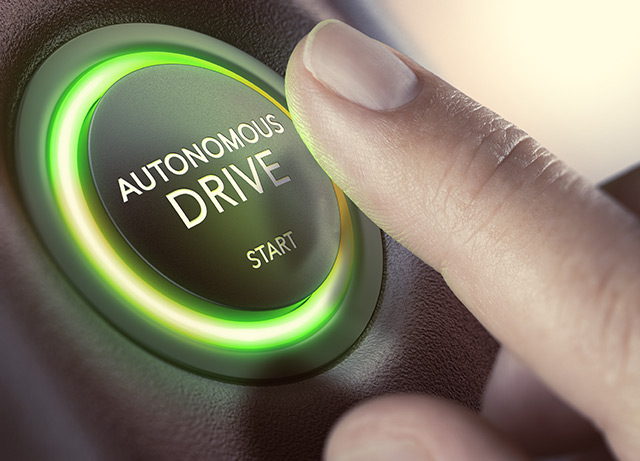Self-driving vehicles without human drivers now allowed in California
03/26/2018 / By David Williams

Self-driving car technology is now advancing faster than it ever has before, and human road laws are only beginning to catch up. Recently, California became the latest state to approve new rules regarding autonomous vehicles, and it’s something that you may want to take note of. The reason is because it allows companies like Uber, Lyft, and GM to conduct their self-driving car tests on public roads without human drivers present.
The new road rules were approved by the California Department of Motor Vehicles (DMV) and are scheduled to take effect on April 2. A report on them stated that it would likely pave the way to allowing self-driving car companies to take the technology mainstream.
California is said to be the first state in the U.S. to adopt rules that are meant strictly for testing self-driving vehicles on public roads. However, the regulations that were put in place as part of those rules were deemed too prescriptive by some people and simply not flexible enough to let the industry flourish. Other states tried to avoid the same mistakes that California did, and as a result, went far ahead in terms of self-driving car tech development.
Now California is trying to regain the lead that it once had by showing self-driving car companies that its streets can be conducive to further the development of autonomous driving tech.
According to Jean Shiomoto, DMV Director, the approval of the new rules signifies that the state is more than willing to help in advancing the state of the industry, as long as people’s safety can be made certain. “This is a major step forward autonomous technology in California,” she said. “Safety is our top concern and we are ready to begin working with manufacturers that are prepared to test fully driverless vehicles in California.”
As part of compliance with the new rules, car makers need to obtain a driverless testing and/or a deployment permit from the DMV itself, and of course follow all of the permit’s requirements, according to the official DMV website. The requirements are clearly in place to ensure public safety and safe operation of autonomous vehicles.
One of the requirements being imposed is the operation of a mandatory “remote control system” that would allow car makers to operate their autonomous vehicles from afar. Essentially, it’s long-range remote control that would help minimize issues in case things go haywire during self-driving car testing.
Self-driving car manufacturers are also being asked to provide a so-called law enforcement action plan that must include instructions that clearly explain how to get in touch with a remote human operator as well as how to disengage a vehicle’s self-driving mode in case it becomes necessary. Despite all these apparent safeguards, however, some people still aren’t convinced that the technology should be tested, much less on public roads.
According to John M. Simpson, car companies may not be taking matters seriously. “A remote test operator will be allowed to monitor and attempt to control the robot car from afar,” he said. “It will be just like playing a video game, except lives will be at stake.” He brings up a valid point, but it looks like the push for the development of self-driving tech is still a go. Autonomous vehicles may well become mainstream transportation options despite all the safety warnings posed by all sorts of experts today. One can only hope that the car companies take full responsibility of all failings and take quick action in case accidents do happen.
Read more about autonomous vehicles and machines in Robotics.news.
Sources include:
Tagged Under: autonomous vehicles, California, cars, dmv, driverless cars, future tech, GM, Lyft, public roadways, roads, robots, self-driving cars, transportation, Uber




















